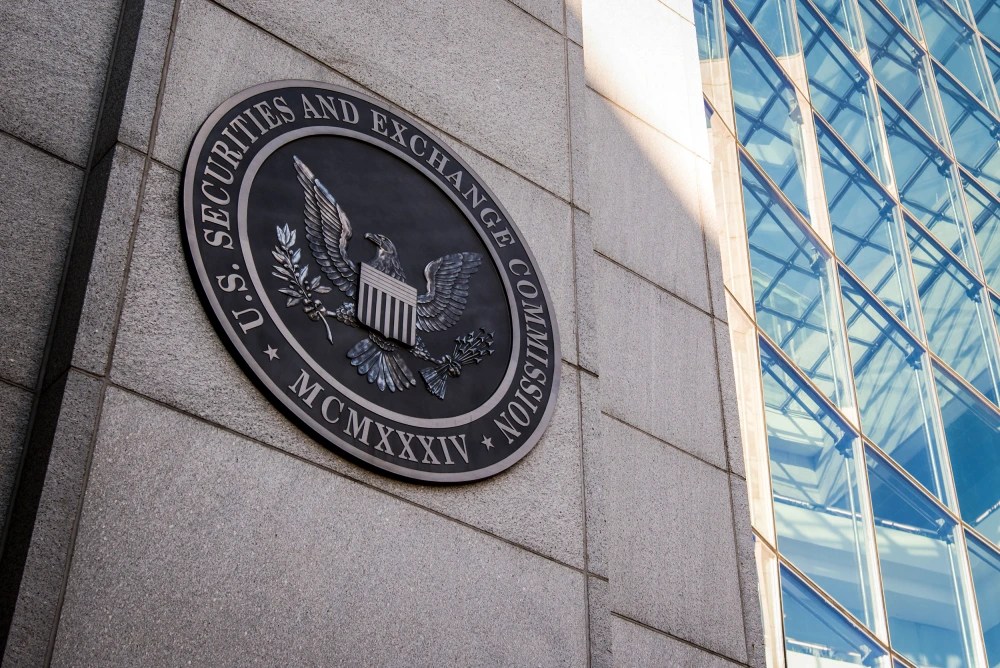In today’s ever-evolving financial landscape, few topics generate as much debate and intrigue as the regulation of cryptocurrencies. As the digital finance sector surges in innovation, regulatory bodies face a complex challenge: balancing the encouragement of growth while ensuring market stability and investor protection. The U.S. Securities and Exchange Commission (SEC) finds itself at the heart of this debate, with recent criticisms highlighting tensions over its new approach to cryptocurrency regulation. This article delves into the SEC’s current regulatory strategies, the criticisms they face, and the paths being considered to harmonize innovation with regulation.
Understanding the SEC’s New Crypto Regulatory Approach
Crypto Regulation’s Balancing Act
In a recent SEC Speak event, Democratic Commissioner Caroline Crenshaw voiced her concerns regarding the commission’s emerging crypto regulation strategy. She expressed apprehension that the SEC might be jeopardizing its longstanding regulatory framework amidst the rapid growth of digital currencies and the inherent market volatility. Crenshaw described the agency’s strategy as akin to a “game of regulatory Jenga,” warning against pulling too many regulatory “blocks” without considering the potential collapse of market stability.
With the recent decline of SEC staff by nearly 15%, Crenshaw emphasized the urgency of maintaining institutional integrity and robust enforcement mechanisms. The Commissioner criticized the SEC’s tendency to treat emerging crypto issues with casual “guidance,” including topics like memecoins and crypto mining, rather than applying enforceable regulations.
Challenges in the SEC’s Crypto Strategy
Crenshaw highlighted the novel risks that the burgeoning crypto industry presents. She raised concerns that without a proactive approach, the SEC might need to relearn historical lessons at a high cost. The Commissioner argued for a consistent, well-enforced regulatory framework to address these evolving risks as crypto becomes more intertwined with traditional finance.
Regulation by Enforcement vs. Regulation by Non-Enforcement
A considerable point of contention in Crenshaw’s address was the SEC’s shift from a “regulation by enforcement” approach to what she termed as “regulation by non-enforcement” during the previous administration. She argued that the SEC’s focus should be on applying existing laws to new scenarios rather than producing new, potentially lenient, crypto-specific rules.
Contrastingly, the SEC’s new chairman, Paul Atkins, expressed a desire for a regulatory environment that does not hinder innovation. Atkins critiqued the former administration’s approach as stalling innovation, suggesting a need for more open communication and collaboration with the crypto industry.
Looking Forward: A New Era for the SEC
Atkins elaborated on his vision for a more open and constructive regulatory focus at the recent SEC Speak event. His aim is to foster a regulatory atmosphere that nurtures innovation while maintaining market integrity. The Division of Corporation Finance was tasked with ensuring transparent communication with the public and drafting new rule proposals that consider the unique challenges posed by cryptocurrencies.
Atkins concluded with a commitment to fostering a climate that promotes innovation rather than stifles it. He emphasized that while markets evolve, the SEC’s role is to facilitate growth without imposing unnecessary restrictions.
FAQ Section
How does the SEC aim to balance innovation and regulation in the crypto space?
The SEC plans to balance innovation with regulation by promoting transparent communication and drafting new rules that address the unique challenges of cryptocurrencies. The aim is to create a regulatory environment that supports technological advancement while ensuring investor protection.
What concerns does Commissioner Crenshaw have about the SEC’s current strategy?
Commissioner Crenshaw is concerned that the SEC’s current strategy might undermine market stability by easing enforcement and potentially ignoring market risks. She emphasizes the need to apply existing securities laws to emerging crypto issues consistently.
What changes does Chairman Paul Atkins propose for SEC’s approach to crypto regulation?
Chairman Paul Atkins advocates for a regulatory approach that doesn’t impede innovation. He suggests fostering better communication with the crypto industry and drafting policies that consider both technological advancements and the need for investor protection.
This comprehensive guide sheds light on the evolving regulatory landscape of cryptocurrency, highlighting the need for a balanced approach that respects both innovation and stability.

